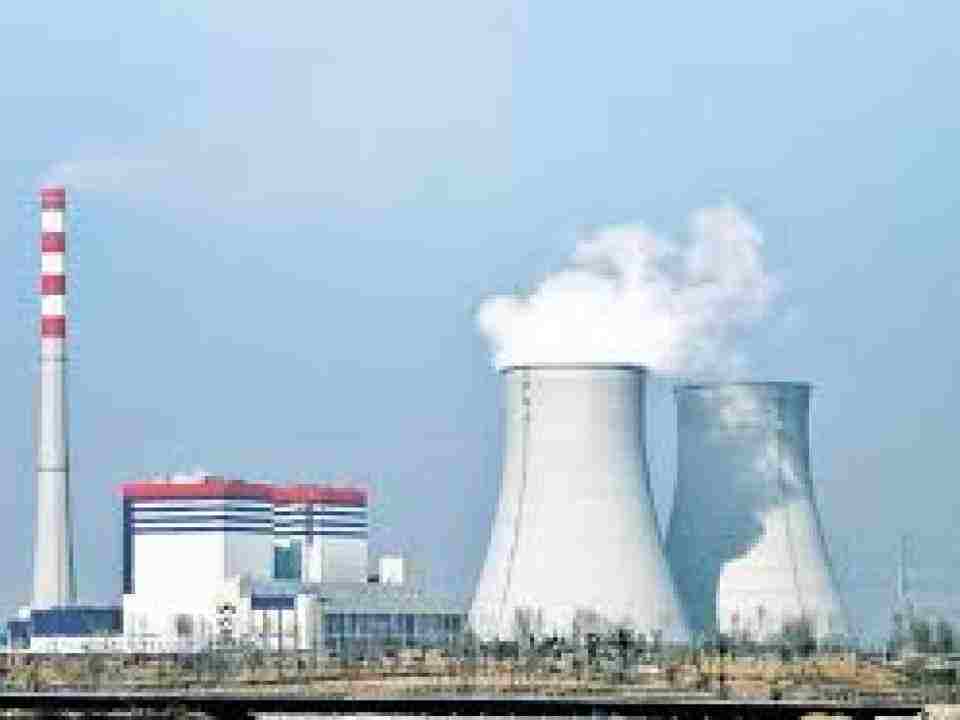- Courses
- GS Full Course 1 Year
- GS Full Course 2 Year
- GS Full Course 3 Year
- GS Full Course Till Selection
- MEP (Mains Enrichment Programme) Data, Facts
- Essay Target – 150+ Marks
- Online Program
- GS Recorded Course
- NCERT- First Ladder
- Polity
- Geography
- Economy
- Ancient, Medieval and Art & Culture AMAC
- Modern India, Post Independence & World History
- Environment
- Governance
- Science & Technology
- International Relations and Internal Security
- Disaster Management
- Ethics
- Current Affairs
- Indian Society and Social Issue
- CSAT
- 5 LAYERED ARJUNA Mentorship
- Public Administration Optional
- ABOUT US
- OUR TOPPERS
- TEST SERIES
- FREE STUDY MATERIAL
- VIDEOS
- CONTACT US
Agni-P: Next Generation Ballistic Missile
Agni-P: Next Generation Ballistic Missile
13-04-2024
In April,2024 The Strategic Forces Command (SFC), along with Defence Research and Development Organisation (DRDO), conducted a successful test flight of the next-generation ballistic missile, Agni-Prime (Agni-P) from Dr APJ Abdul Kalam Island off the coast of Odisha.
About the Agni-Prime Missile:
- Agni-P is a nuclear-capable, advanced variant of the Agni class of missiles (under IGMDP - Integrated Guided Missile Development Program).
- IGMDP, started by Dr. A.P.J. Abdul Kalam to enable India attain self-sufficiency in the field of missile technology.
- IGMDP was approved by the Government of India in 1983 and completed in March 2012.
- The 5 Missiles Systems (P-A-T-N-A) developed under IGMDP are:
- Prithvi: Short-range surface-to-surface ballistic missile.
- Agni: Ballistic missiles with different ranges, i.e., Agni (1,2,3,4,5)
- Trishul: Short-range low-level surface to air missile.
- Nag: 3rd generation anti-tank missile.
- Akash: Medium-range surface-to-air missile.
- Agni-P is a two-stage canisterized missile with a maximum range of 1,000 to 2,000 kilometers.
- It is the latest and the 6th variant of the Agni series
- It is lighter than all the earlier Agni series missiles, weighing at least 50% less than the Agni 3 missile.
- It includes new guidance and propulsion systems.
- It can be transported by road and rail and stored for long periods of time, reducing the time required for preparation and launch.
- The missile uses a cold launch mechanism and can be fired in salvo mode.
Other Agni Class of Missiles are: |
|
Agni-I |
Range of 700-800 km. |
Agni-II |
Range more than 2000 km. |
Agni-III |
Range of more than 2,500 Km |
Agni-IV |
Range is more than 3,500 km and can fire from a road mobile launcher. |
Agni-V |
The longest of the Agni series, an Inter-Continental Ballistic Missile (ICBM) with a range of over 5,000 km.
|
How Ballistic missiles different from Cruise missiles?
|
Ballistic Missile
|
Cruise Missile
|
|
|
|
|
|
|
|
|
|
|
|
|
|
|
|
|
|
|



